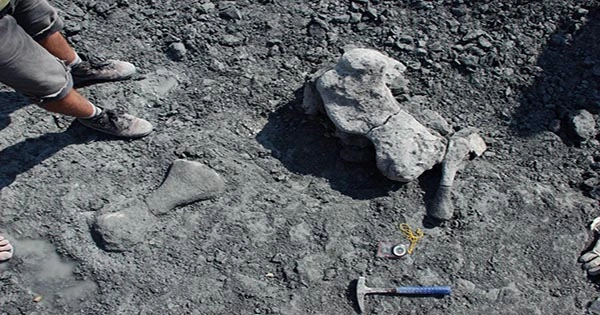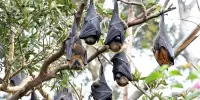Lystrosaurus may be recognized by viewers of Jurassic World Dominion from a few scenes (including a deleted one in which it chomps the head off an Oviraptor). Although we would never ever encounter such an animal in the wild, mummified specimens discovered in South Africa have shown their skin in astounding detail.
The remarkably well-preserved Lystrosaurus mummies were found in South Africa’s southern Karoo Basin and are believed to date to the early Triassic, or 251 million years ago, when this region was subjected to extremely dry weather conditions.
In a paper about the Lystrosaurus mummy discoveries published in Palaeogeography, Palaeoclimatology, Palaeoecology, Dr. Pia Viglietti, a palaeontologist and researcher with the Field Museum of Natural History, said, “The site where these fossils are located represents a uniquely fossil-rich accumulation during the immediate aftermath of the end-Permian mass extinction event.”
“This level of preservation is uncommon among South African fossils from the Karoo Basin. The skin impression’s texture supports theories that Lystrosaurus (an early mammal relative known as a synapsid) didn’t have scaly bodies like reptiles or other extremely early dinosaur and crocodile relatives that coexisted at the same time, according to Viglietti.
Many people have hypothesized that synapsids likely had a thick “hide” similar to that of hippos or rhinos, and the paper’s description of the skin’s slightly “pustular” feel is highly suggestive of this.
Viglietti claims that evidence found in the sediment and the manner in which these animals were preserved in the fossil record show that the early Triassic had unpredictable weather when they were living. This frequently meant extremely dry and arid periods, which is likely to have led to the starvation deaths of these creatures.
The Karoo specimens’ histological studies indicate that they were youngsters and subadults, showing that the conditions were reducing life expectancy. Although it’s possible that they evolved to mature sexually at a younger age to help alleviate this, it appears that it wasn’t enough in the end as their presence in the stratigraphic record here abruptly decreases.
She plans to continue researching the ways in which extinct creatures have dealt with, or failed to deal with, harsh weather and extinction events while Viglietti and colleagues’ manuscript is being proofread.
“These results demonstrate how long it takes to rebound from a major extinction event, which has piqued my interest in studying mass extinction recovery further. According to this location, even Lystrosaurus was actually struggling in the new, unpredictably changing world of the early Triassic, contrary to what many Karoo workers had long believed to be the case.
















